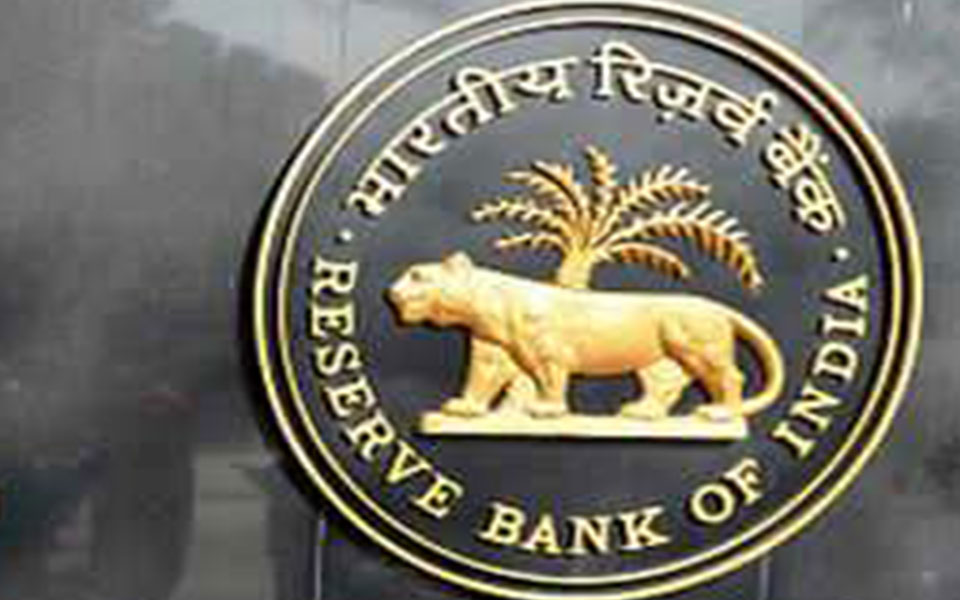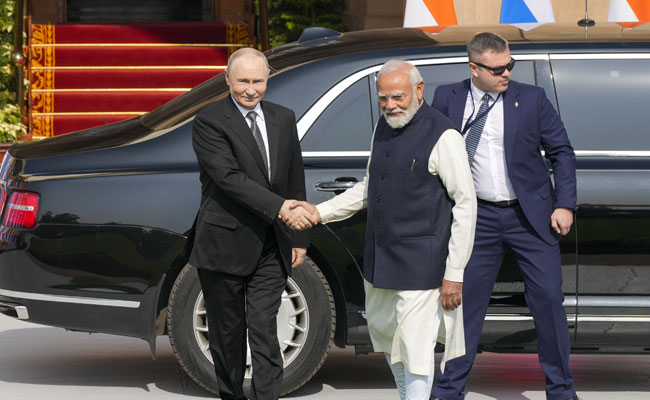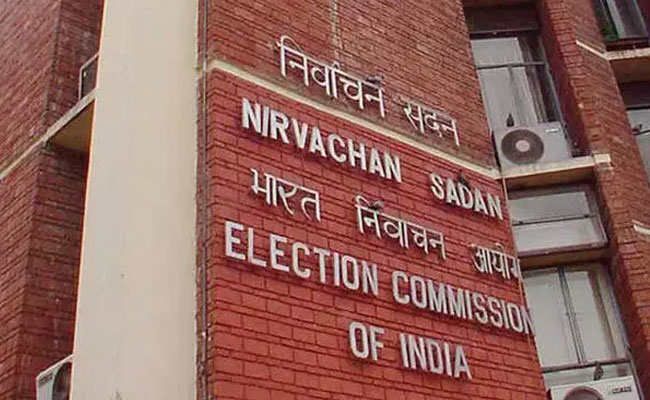Mumbai, June 5: Broadly negative Asian markets, along with caution ahead of Reserve Bank's monetary policy review subdued the key Indian equity indices during the morning trade session on Tuesday.
According to market observers, heavy selling pressure was witnessed in the capital goods, consumer durables and automobile stocks.
Around 9.30 a.m., the broader Nifty50 of the National Stock Exchange (NSE) traded at 10,609.25 points -- down by 19.25 points or 0.18 per cent -- from its previous close.
The barometer 30-scrip Sensitive Index (Sensex), which opened at 35,029.45 points, traded at 34,963.99 points -- lower by 47.90 points or 0.14 per cent -- from its previous session's close of 35,011.89 points.
Sensex has so far touched a high of 35,073.12 points and a low of 34,930.56 points during the intra-day trade.
On Monday -- the previous trade session -- both the indices closed in the negative territory as caution prevailed over RBI's second monetary policy review.
Consequently, the NSE Nifty50 closed at 10,628.50 points -- lower by 67.70 points or 0.63 per -- from the previous close.
Similarly, the barometer S&P BSE Sensex settled in the red. It had at 35,503.24 points, closed at 35,011.89 points, 215.37 points or 0.61 per cent lower from the previous session's close at 35,227.26 points.
Let the Truth be known. If you read VB and like VB, please be a VB Supporter and Help us deliver the Truth to one and all.
Mumbai (PTI): Aviation watchdog DGCA on Friday eased the flight duty norms by allowing substitution of leaves with a weekly rest period amid massive operational disruptions at IndiGo, according to sources.
As per the revised Flight Duty Time Limitations (FDTL) norms, "no leave shall be substituted for weekly rest", which means that weekly rest period and leaves are to be treated separately. The clause was part of efforts to address fatigue issues among the pilots.
Citing IndiGo flight disruptions, sources told PTI that the Directorate General of Civil Aviation (DGCA) has decided to withdraw the provision 'no leave shall be substituted for weekly rest' from the FDTL norms.
ALSO READ: 49 Indigo flights likely to be cancelled from Hyderabad
"In view of the ongoing operational disruptions and representations received from various airlines regarding the need to ensure continuity and stability of operations, it has been considered necessary to review the said provision," DGCA said in a communication dated December 5.
The gaps in planning ahead of the implementation of the revised FDTL, the second phase of which came into force from November 1, have resulted in crew shortage at IndiGo and is one of the key reasons for the current disruptions.
#BREAKING: #DGCA relaxes a clause which debarred airlines to club leaves with weekly rest to mitigate #IndiGo crisis
— Economic Times (@EconomicTimes) December 5, 2025
🔴 Catch the day's latest news here ➠ https://t.co/8eVBGnsJUA 🗞️ pic.twitter.com/KUWc8R2Kso





